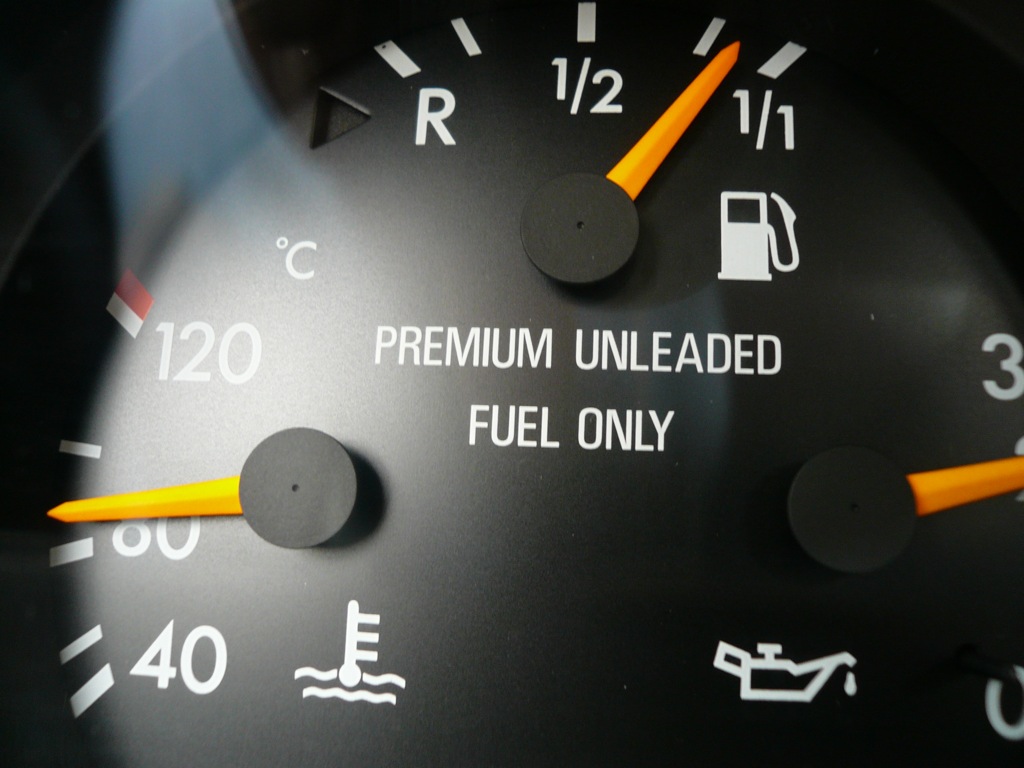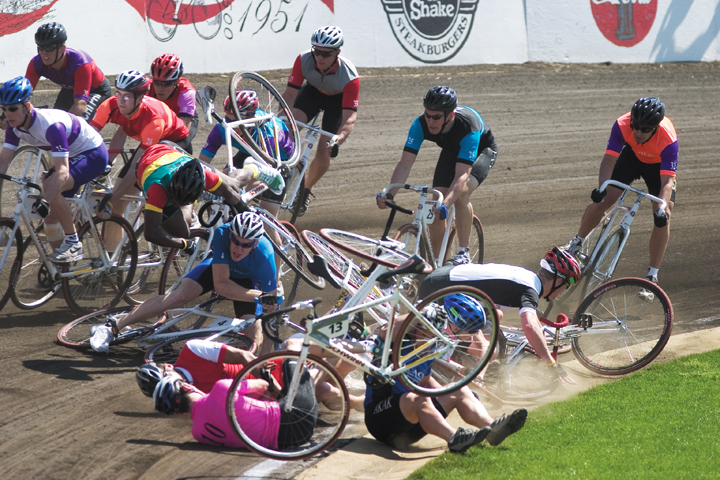 Nutrition is often referred to as the fourth sport in triathlon, because of its importance and impact on performance. This is especially true as you start to participate in longer events, from the Olympic distance, and of course more so for the Ironman, but also for sport-specific events like a Marathon. The questions that often comes up is; what do I eat and when? When I began racing endurance sports, the primary method of fueling that I was aware of were energy gels, or drinks like Gatorade. The gels generally come in 1oz packets that easy to tuck away, open and discard. Usually they have around 100 sugar based calories per gel, and nowadays you can get them in a wide variety of flavors. Most people are familiar with the Hammer, GU, or Probar labels, but it seems like every year more and more companies are entering the market. Some companies try to fill a specific perceived niche in the market, creating gels with all natural ingredients, different sugar types (such as maltodextrin versus sucrose), and I've even seen one that has chia seeds in it.
Nutrition is often referred to as the fourth sport in triathlon, because of its importance and impact on performance. This is especially true as you start to participate in longer events, from the Olympic distance, and of course more so for the Ironman, but also for sport-specific events like a Marathon. The questions that often comes up is; what do I eat and when? When I began racing endurance sports, the primary method of fueling that I was aware of were energy gels, or drinks like Gatorade. The gels generally come in 1oz packets that easy to tuck away, open and discard. Usually they have around 100 sugar based calories per gel, and nowadays you can get them in a wide variety of flavors. Most people are familiar with the Hammer, GU, or Probar labels, but it seems like every year more and more companies are entering the market. Some companies try to fill a specific perceived niche in the market, creating gels with all natural ingredients, different sugar types (such as maltodextrin versus sucrose), and I've even seen one that has chia seeds in it.Now, traditional knowledge has been that your body only contains a certain amount of glycogen (basically stored carbohydrate) that your body can call upon to fuel itself through an endurance event. This is basically where the idea of "carb-loading" comes from, and has probably caused hundreds of thousands to stuff themselves with pasta in the nights preceding a race. On average, most people have about 200 grams or roughly 800 calories of glycogen in their liver, which is the most easily accessible. After depleting those stores, your body will try derive glycogen from other sources like your muscle, as well as fat, but those processes are more difficult. So, considering that you have limited glycogen, you need to make sure that you continually supplement your exercise with additional carbs to compensate and fuel yourself. Performance using this method is pretty easy to see, as many professionals use this method without problem. The constant fuel provides constant energy, and drinking energy drinks provide additional carbohydrates and electrolytes to prevent muscle cramping and proper energy usage.
burn more than the 200-300 calories per hour that I just described, and you'll eventually just run out of energy otherwise. It's generally considered easiest to take in calories on the bike, since your water bottles are being carried for you, and it involves less movement than running, which minimizes food/liquid sloshing around in your stomach. Gel's are still a staple on the bike, but many athletes like to use calorie and electrolyte enriched drinks, like Hammer Perpetuem, or energy bars.
Lately, many athletes have started switching to a fat-adapted basis for fueling. Essentially, through a strict obedience to a diet and training regimen, it has been found that your body can be adapted to use fat as the primary source of fuel instead of carbohydrate. The benefit is that since fat is a slower burning energy source, and is practically inexhaustible during a 1 day race, you won't need to consume nearly as many calories during the event. The catch? Your diet has to remain pretty low in carbohydrate (usually around 25% or less) and you have to tailor your training. Even in a a fat adapted state, your body will only use fat as fuel when you exercise aerobically. This means if you go too fast and enter an anaerobic state, your body will switch to using carbohydrates again, and actually stay that way for quite a while, even if you get control of your heart rate. Another potential benefit of this strategy is that by consuming less calories, you minimize the risk of GI issues. While your body is in "performance mode", it becomes harder to break down some food, so the idea is that the less you put in, the less risk of unpleasant effects.
So, which method of fueling works best? That's debatable and deeply personal. Different people might respond differently to each method, and a recent (albeit limited) study showed that as long as your metabolism is accustomed to one of the fuel sources, they will work equally well. I should also point out that even when fat-adapted, its still necessary to consume SOME carbohydrates, so many athletes will drink a honey-water mixture (recommended by Phil Maffetone) as their sports drink alternative.
This may have come as a really long post, but really could have been so much longer. I'd be happy to expand or answer any question that anyone has to the best of my abilities, or at leas point you to someone else for information.
Thanks for reading, keep Tri-ing, and stay safe!














